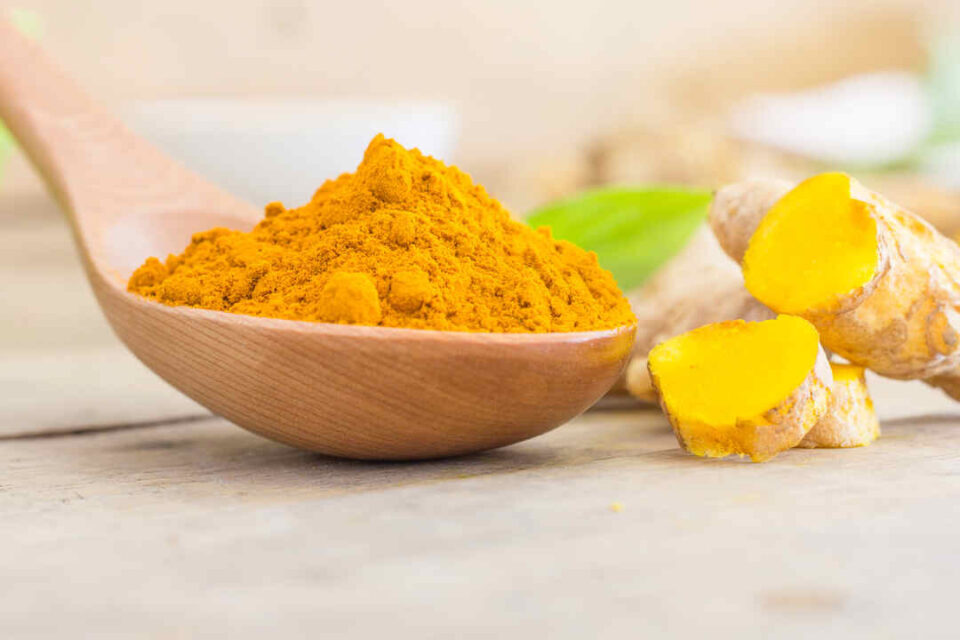Welcome to a comprehensive guide on using turmeric for acne and pimples. In this article, we delve into the miraculous world of turmeric, a staple in Indian kitchens, and its remarkable potential to transform your skincare regimen. As a medical professional, I’ve witnessed the transformative power of turmeric in treating various skin conditions. Let’s start with a real-life case study that exemplifies the positive impact of turmeric on skin health.
Case Study: Rachana’s Radiant Transformation
Rachana, a 26-year-old marketing executive, struggled with persistent acne breakouts that affected her self-esteem. Traditional treatments yielded limited results, leaving her frustrated. After discovering the potency of turmeric through diligent research, she decided to integrate it into her skincare routine. With consistent topical application, Rachana’s skin began to undergo a remarkable transformation. Within a few weeks, her acne subsided, and her complexion appeared brighter and more even-toned. Inspired by her results, Rachana now swears by turmeric as her ultimate skincare secret.
Now, let’s embark on a journey to explore how you can harness the natural benefits of turmeric to achieve radiant and blemish-free skin.
Turmeric’s Skincare Efficacy: Fact Backed by Science
Research on turmeric’s skincare benefits has been steadily growing over the years. Studies have shown that curcumin, the active compound in turmeric, possesses anti-inflammatory, antioxidant, and antimicrobial properties. These properties play a pivotal role in combatting acne and pimples. Curcumin helps reduce inflammation, control excess oil production, and inhibit the growth of acne-causing bacteria.
Additionally, turmeric aids in fading acne scars and promoting an even skin tone. Its ability to inhibit excess melanin production can contribute to a reduction in post-inflammatory hyperpigmentation, a common aftermath of acne.
The Topical Turmeric Routine: Your Path to Clear Skin
1. Cleansing with Turmeric
Start your journey by incorporating turmeric into your cleansing routine. Create a paste using turmeric, chickpea flour, and yogurt. Gently massage the mixture onto your face, allowing the natural exfoliation and anti-inflammatory effects to work their magic.
2. Soothing Turmeric Face Mask
Treat your skin to a soothing turmeric face mask. Mix turmeric with honey and aloe vera gel to form a calming paste. Apply it to your face and leave it on for 15-20 minutes. This mask not only addresses acne but also imparts a healthy glow.
3. Overnight Spot Treatment
For stubborn pimples, create a paste of turmeric and water. Apply a small amount directly to the pimple before bed, allowing the turmeric’s anti-inflammatory properties to work overnight.
4. Turmeric Infused Moisturizer
Enhance your daily moisturizer by adding a pinch of turmeric powder. This simple addition can help regulate sebum production and support a balanced complexion.
Case Study: Usha’s Unveiled Confidence
Usha, a 30-year-old teacher, struggled with adult acne that often left behind unsightly scars. Frustrated with conventional treatments, she turned to turmeric as a last resort. After a few months of consistent turmeric application, Usha’s skin began to transform. Her acne gradually diminished, and her scars visibly faded. The natural radiance of her skin was restored, and Usha’s confidence soared.
About Turmeric and Acne: The patient asked Questions
Q1: Can turmeric stains be a concern when applied topically?
A: While turmeric can leave temporary stains, these can be easily removed with gentle cleansing.
Q2: Is turmeric suitable for sensitive skin?
A: Yes, turmeric is generally safe for sensitive skin. However, it’s advisable to do a patch test before the full application.
Q3: How often should I use turmeric for acne?
A: Starting with 2-3 times a week is recommended. Adjust the frequency based on your skin’s response.
Q4: Can turmeric replace medical treatments for severe acne?
A: Turmeric can complement your skincare regimen, but consult an Ayurvedic doctor for comprehensive treatment for severe acne.
Q5: Can turmeric lighten the skin too much?
A: Turmeric’s melanin-inhibiting effects are subtle. It’s unlikely to cause significant lightning when used topically.
Q6: Can I use turmeric on active breakouts?
A: Yes, turmeric’s anti-inflammatory properties can help soothe active breakouts.
Q7: Are there any side effects of using turmeric on the skin?
A: Some people might experience mild irritation or allergy. Always conduct a patch test before use.
Q8: How long does it take to see results?
A: Results vary, but noticeable improvements might occur within a few weeks.
Q9: Can turmeric replace sunscreen?
A: No, turmeric does not provide sun protection. Continue using sunscreen as directed.
Q10: Can I use turmeric with other skincare ingredients?
A: Yes, turmeric blends well with ingredients like honey, yogurt, and aloe vera.
Case Study: Shilpa’s Story of Triumph
Shilpa, a 21-year-old student, battled persistent hormonal acne that often left her feeling self-conscious. After learning about turmeric’s potential benefits, she started incorporating it into her skincare regimen. Over time, Shilpa’s acne subsided, and her skin took on a natural radiance. Her dedication to using turmeric empowered her to face the world with renewed confidence.
Conclusion: Unveiling Your Best Skin
In a world filled with countless skincare solutions, turmeric shines as a natural, time-tested remedy that holds the promise of clear and radiant skin. By exploring the journeys of Rachana, Usha, and Shilpa, we’ve seen how this golden elixir can transform lives and instill newfound confidence.
So, why not embrace the power of turmeric? With consistent use and a touch of patience, you can unlock the radiant and blemish-free skin you’ve always desired. Remember, your skincare journey is a personal narrative, and turmeric is ready to be your trusted companion.

